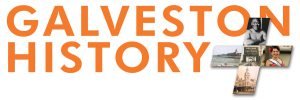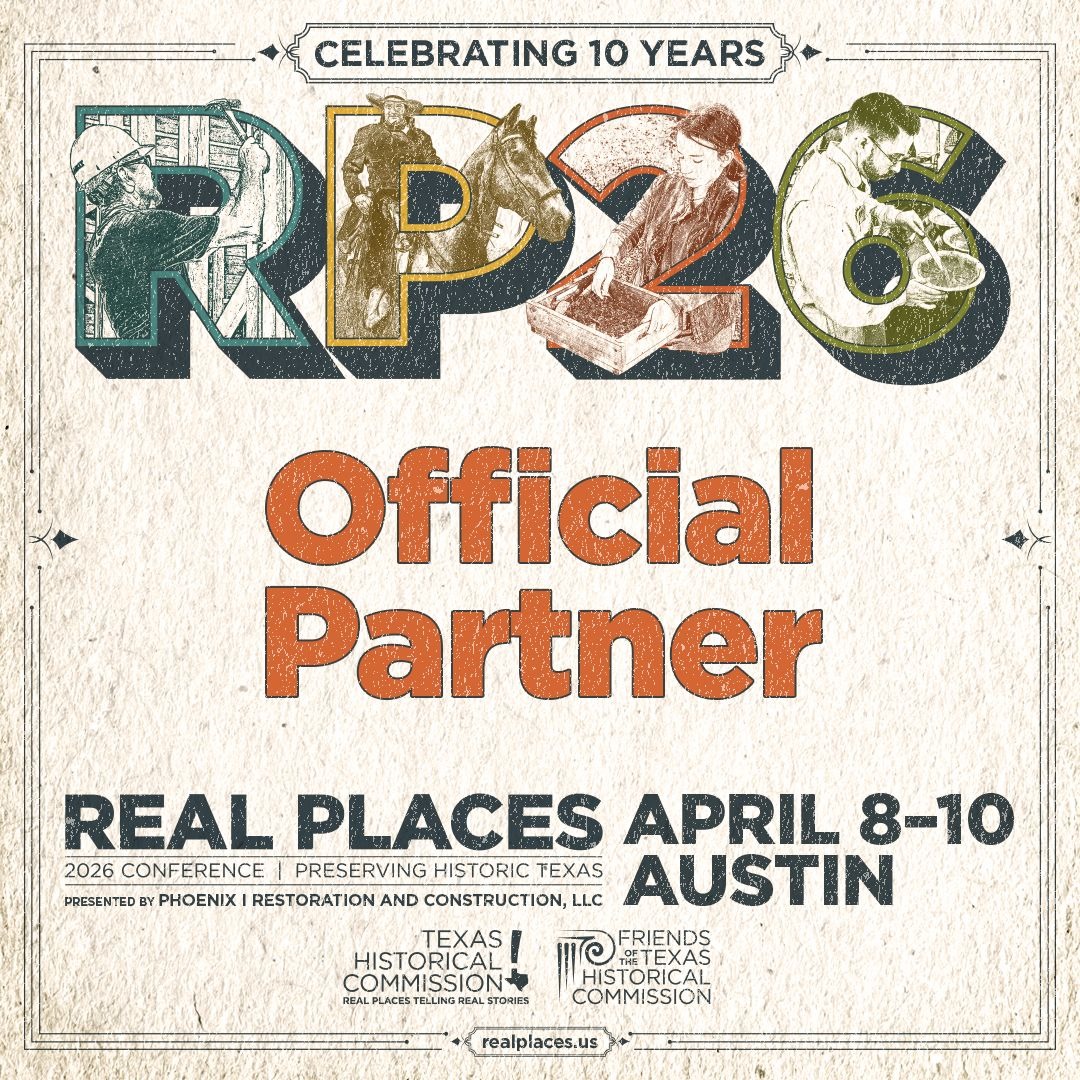CARNIVAL RIDES, CONCERTS, AND ICE CREAM: MAKE WAY FOR THE MODERN AMUSEMENT PARK
BY ELISABETH CARROLL PARKS, #GALVESTONHISTORY CONTRIBUTOR
Over the last two centuries in Galveston, as the world gained more leisure time and sought new ways to spend it, the beach’s inherent push and pull between thrill-seeking and relaxation produced a rich ecosystem of complementary attractions: seawall ferris wheels and dance floors with Gulf views, 19th-century skinny dipping and 20th-century motor courts, architectural marvels and maritime wonders, brightly lit casinos and quiet, wild marshes. Beginning in the mid-to-late 1800s, as Galveston began to promote itself more as a sophisticated vacation destination than a bustling center of commerce, a new nickname emerged for the prestigious port city: The Playground of the Southwest.When the 1900 Storm hit, Galveston was already decades into its reign as the Playground of the Southwest, as well as an established international port and business hub. The hurricane changed things. Residents had to rethink not just industry, but everyday life. New safety measures were put in place, as old destinations were rebuilt. Significant portions of commerce moved inland to Houston, and the island seized an opportunity to both protect and define itself.
“After the storm, the seawall construction was part of our survival,” says Jami Durham, Property Research & Cultural History Historian for the Galveston Historical Foundation. “Once that seawall was finished, it became prime Gulf front property, where we could capitalize on our sunshine and sand and surf. And that’s exactly what we did.”
EXCLUSIVE MEMBER-ONLY CONTENT
 GalvestonHistory+ members have access to exclusive video content associated with this online feature. Log into your member account here, or join today for access to our monthly content, member-only ticketing, and more.
GalvestonHistory+ members have access to exclusive video content associated with this online feature. Log into your member account here, or join today for access to our monthly content, member-only ticketing, and more.
Six years after the storm, the first portion of the seawall was complete. That same year, the Electric Park and the Galveston Amusement Company opened for business. Coney Island had introduced the first enclosed amusement park just a decade earlier in 1895. Galveston’s wealthy business leaders would have been familiar with the groundbreaking East Coast destination––and recognized similar potential at home. Some began billing Galveston as “The Coney Island of the South.”

“The Electric Park was a sprawling amusement park,” says Durham. “You walked from ride to ride, building to building, stopping at arcades and casinos, restaurants, a theater, a band stand––it all took up an entire block.”
A water ride called Shooting the Chutes carried passengers in canoe-like carts through a wooden course, hinting at the water park designs of the future. The multi-story electric swing became a main attraction: Long chains held baskets with passengers suspended in the air, just above the ground, rotating around the towering center. Ice cream shops, magic shows, live bands, and early moving pictures dazzled thousands of visitors by the water, while after dark, the main event became the electricity itself, as lights on rides and buildings lit up the sky.


By 1910, Seawall Boulevard stretched along the Gulf, and a 45-foot-high sign soon towered over the intersection of the boulevard and 25th Street. On it, 5,000 lights formed letters that read, “Galveston the Treasure Island of America.” Beneath it, entertainment catering to young and old beckoned.
The new stretch of prime real estate spurred more growth. “The Galvez opened in 1911, and was a signal to the rest of the country: Galveston, the Playground of the Southwest, is open for business again,” Durham says. Smaller hotels appeared, too, as tourism claimed a larger and larger segment of the island’s economy.


Tourists took the train to Galveston from as close as Houston and as far away as Chicago, eager to enjoy the warm, salty air and newly built attractions. Then, by the time another devastating hurricane struck in 1915, the Electric Park was gone. A new entertainment mecca rose to take the Electric Park’s place: the Crystal Palace.
Unlike the open-air, multi-building Electric Park, the Crystal Palace was a single three-story structure packed with possibilities. “On the ground floor, you had penny arcades, souvenir shops, and cafes,” Durham says. “The rooftop had a dance garden. There was an indoor swimming pool that filled with salt water during high tides thanks to pipes that ran under the seawall and into the Gulf.”
In the 19-teens, as the thrill of amusement parks captured imaginations and business developers across the country, another idea took hold in Galveston: Pleasure Pier. Visions of a wooden walkway stretching out into the Gulf, topped with rides, food stands, and more gained traction. But World War I broke out, and plans were put on hold. Then, the Great Depression delayed any development even further.
Construction on the original Pleasure Pier finally began in the late 1930s, after the City of Galveston accepted a $1.1 million loan from the federal government’s Reconstruction Finance Corporation (RFC), and then added $350,000 to the total itself. Pleasure Pier opened just after World War II.
In the early days of the pier, much of the activity targeted marines docked in Galveston for R&R. Few of the rides now associated with Pleasure Pier were there in the beginning, and instead, a large ballroom hosted orchestras, dances, and other entertainers.
By the late 1950s, Pleasure Pier was a bonafide destination. “That’s when you saw the addition of the ferris wheel and other rides we associate with it today,” explains Durham. “All of those were at the front of the pier. The Marine Ballroom was in the middle. An amphitheater was in the back, where there was also a large spot designated for fishing.”

In 1961, Hurricane Carla significantly damaged Pleasure Pier. Ultimately, the city reached an agreement regarding the property with a Houston businessman named James E. Lyon, who razed what remained of the park and built the Flagship Hotel, a 240-room luxury hotel, in its place.
In 2005, Landry’s Incorporated––helmed by Tilman Fertitta, who was born on the island in 1957––purchased the property from the City of Galveston. Hurricane Ike dealt the final blows to the long-neglected hotel in 2008. In January 2012, construction began on the new Pleasure Pier that promised to recapture the spirit of the original. The Historic Pleasure Pier opened just months later in June of 2012. Today, the approximately 1,130 pier full of nostalgic rides and other fun nods to the 1950s and even the pioneering Electric Park.
A 21st century Galveston trip blends connections to the past with modern charm. Tours of historic architecture, expertly preserved and adapted for contemporary living, and interactive museums transform history into an immediately relatable and personal experience. A day spent at Pleasure Pier echoes outings enjoyed a century ago. Today, families set out on bikes or on foot to reconnect with nature at Galveston Island State Park or explore the island’s colorful streets, breweries, restaurants, and shops.
The sand and surf will always demand top billing, but visitors willing to slow down and take a closer look at Galveston are always rewarded. “It’s more than just a beach,” Durham says. “The 32 miles of beach are great, but from the architecture and museums to the communities and the working port, it’s so much more. It’s home to many people. There are lots of stories here.








